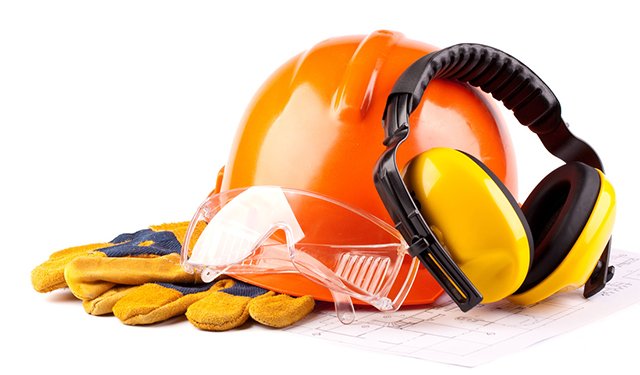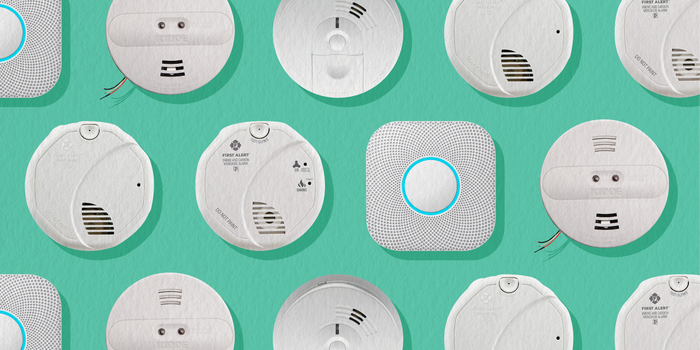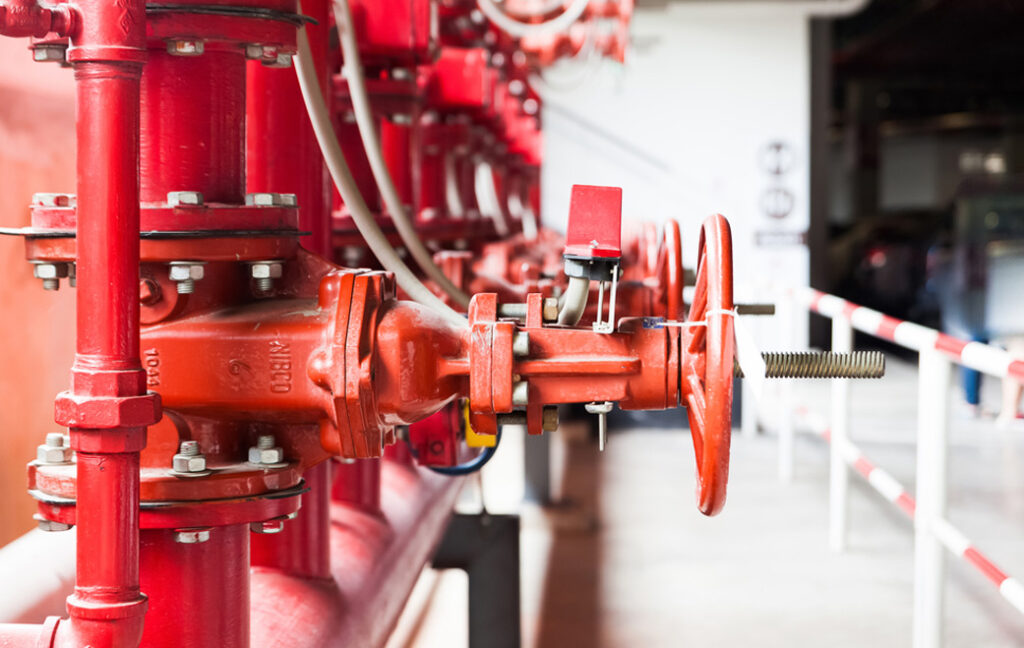Safety Equipment: In today’s fast-paced work environment, ensuring the safety and well-being of employees is a top priority for any organization. Workplace safety not only protects workers but also boosts productivity and morale.
Having the right safety equipment is essential in creating a safe working environment.
In this blog post, we will explore 20 safety equipment items every workplace should have to minimize risks and promote a culture of safety.
20 Safety Equipment Every Workplace Should Have
1. Personal Protective Equipment (PPE)
Personal Protective Equipment (PPE) is a critical component of workplace safety. It includes items designed to protect employees from various hazards. The specific types of PPE required depend on the nature of the work being performed. Key items include:
- Hard Hats: Protect against head injuries from falling objects.
- Safety Goggles: Shield eyes from chemicals, debris, and radiation.
- Ear Protection: Such as earplugs or earmuffs to prevent hearing loss in noisy environments.
- Gloves: Different types for chemical resistance, cut protection, or heat resistance.
2. Fire Extinguishers
Every workplace must have accessible fire extinguishers to combat small fires before they escalate. Ensure that:
- Extinguishers are placed in visible locations.
- Employees are trained on how to use them.
- Regular inspections and maintenance are conducted.
3. First Aid Kits
A well-stocked first aid kit is essential for treating minor injuries. It should contain:
- Adhesive bandages
- Antiseptic wipes
- Gauze and adhesive tape
- Scissors
- Disposable gloves
Ensure that employees know the location of the kit and how to use its contents.
4. Emergency Exit Signs
Clearly marked emergency exit signs are vital for guiding employees during an evacuation. These signs should be:
- Illuminated and visible from various angles.
- Placed in strategic locations throughout the workplace.
- Regularly inspected to ensure visibility and functionality.
5. Safety Data Sheets (SDS)
For workplaces that handle hazardous materials, having Safety Data Sheets (SDS) readily available is crucial. These documents provide information on:
- The properties of the chemical.
- The hazards associated with it.
- Safe handling and storage guidelines.
Make sure employees know where to find these sheets.
6. Spill Kits
Spill kits are essential for quickly addressing chemical spills or leaks. These kits typically include:
- Absorbent materials
- Containment booms
- Personal protective equipment
- Disposal bags for contaminated materials
Training employees on how to use spill kits can minimize risks associated with hazardous materials.
7. Lockout/Tagout (LOTO) Devices
Lockout/Tagout devices are essential for ensuring that machines are properly shut down and cannot be restarted during maintenance or repair. This prevents accidental energization and protects workers from injuries.
- Ensure that all employees are trained in LOTO procedures.
- Regularly inspect LOTO devices for effectiveness.
8. Safety Barriers
Safety barriers, such as guardrails and fencing, are crucial in preventing accidents in high-risk areas. These barriers should be installed:
- Around elevated platforms
- Near machinery with moving parts
- In areas with heavy foot traffic
Regular inspections can help identify any wear or damage that needs addressing.
9. Non-Slip Mats
Wet or slippery floors can lead to falls, one of the most common workplace injuries. Non-slip mats can help:
- Provide traction in high-risk areas (kitchens, bathrooms, etc.)
- Reduce the risk of slips and falls
Regularly check and replace mats that show signs of wear.
10. Ergonomic Equipment
Ergonomic equipment, such as adjustable chairs and desks, can help prevent musculoskeletal disorders. Key items include:
- Ergonomic chairs with lumbar support
- Sit-stand desks
- Footrests and wrist supports
Encouraging proper posture and movement can lead to a healthier workplace.
11. Safety Harnesses
For jobs that require working at heights, safety harnesses are essential. They prevent falls and should be used in conjunction with:
- Lanyards
- Anchor points
- Training on proper usage
Regularly inspect harnesses for wear and tear.
12. Eye Wash Stations
In environments where employees may be exposed to hazardous chemicals, eye wash stations are critical. They should be:
- Easily accessible
- Clearly marked
- Regularly tested to ensure functionality
Training employees on how to use eye wash stations can save vision in case of accidents.
13. Fire Blankets
Fire blankets can be effective in smothering small fires or wrapping around a person whose clothing is on fire. Make sure:
- Fire blankets are easily accessible.
- Employees are trained to use them correctly.
14. Communication Devices
In emergency situations, effective communication is vital. Ensure that the workplace is equipped with:
- Two-way radios
- Emergency phones
- Alarms and alerts
Regular drills can help ensure everyone knows how to communicate in emergencies.
15. Ventilation Systems
Proper ventilation is essential in workplaces that handle chemicals or generate dust and fumes. Ensure that:
- Ventilation systems are installed and maintained.
- Air quality is regularly monitored.
Good ventilation can prevent respiratory issues and promote overall health.
16. Safety Training Programs
While not a physical piece of equipment, safety training programs are essential in equipping employees with the knowledge needed to work safely. Regular training should cover:
- Use of safety equipment
- Emergency procedures
- Hazard recognition
Investing in training can significantly reduce workplace accidents.
17. Workplace Safety Signage
Clear and visible safety signage is crucial for informing employees of hazards and safety protocols. Signs should include:
- Warning signs (e.g., “Caution: Wet Floor”)
- Mandatory signs (e.g., “Hard Hats Required”)
- Emergency exit signs
Regularly check that signs are visible and in good condition.
18. Safety Shoes
Safety shoes protect employees’ feet from heavy objects, sharp items, and slip hazards. Ensure that:
- Shoes meet safety standards (e.g., steel-toed, slip-resistant).
- Employees are encouraged to wear them at all times in designated areas.
19. Fire Alarms
Fire alarms are essential for early detection of fires, allowing for timely evacuation. Ensure that:
- Alarms are regularly tested and maintained.
- Employees are familiar with alarm sounds and emergency procedures.
20. Incident Reporting Systems
An effective incident reporting system is crucial for tracking accidents and near misses. This system should:
- Allow employees to report incidents easily.
- Include procedures for investigating and addressing safety issues.
Regularly review reports to identify trends and areas for improvement.
Conclusion
Workplace safety is an ongoing commitment that requires the right equipment, training, and culture. By equipping your workplace with these 20 essential safety items, you can create a safer environment for all employees, reduce the risk of accidents, and foster a culture of safety. Remember, investing in safety not only protects employees but also contributes to the overall success and productivity of your organization. Prioritize safety today for a better tomorrow!
By focusing on these safety measures and regularly reviewing your equipment and protocols, your workplace will be better prepared to handle any potential hazards. Make safety a core value of your organization, and watch as employee morale and productivity flourish.





